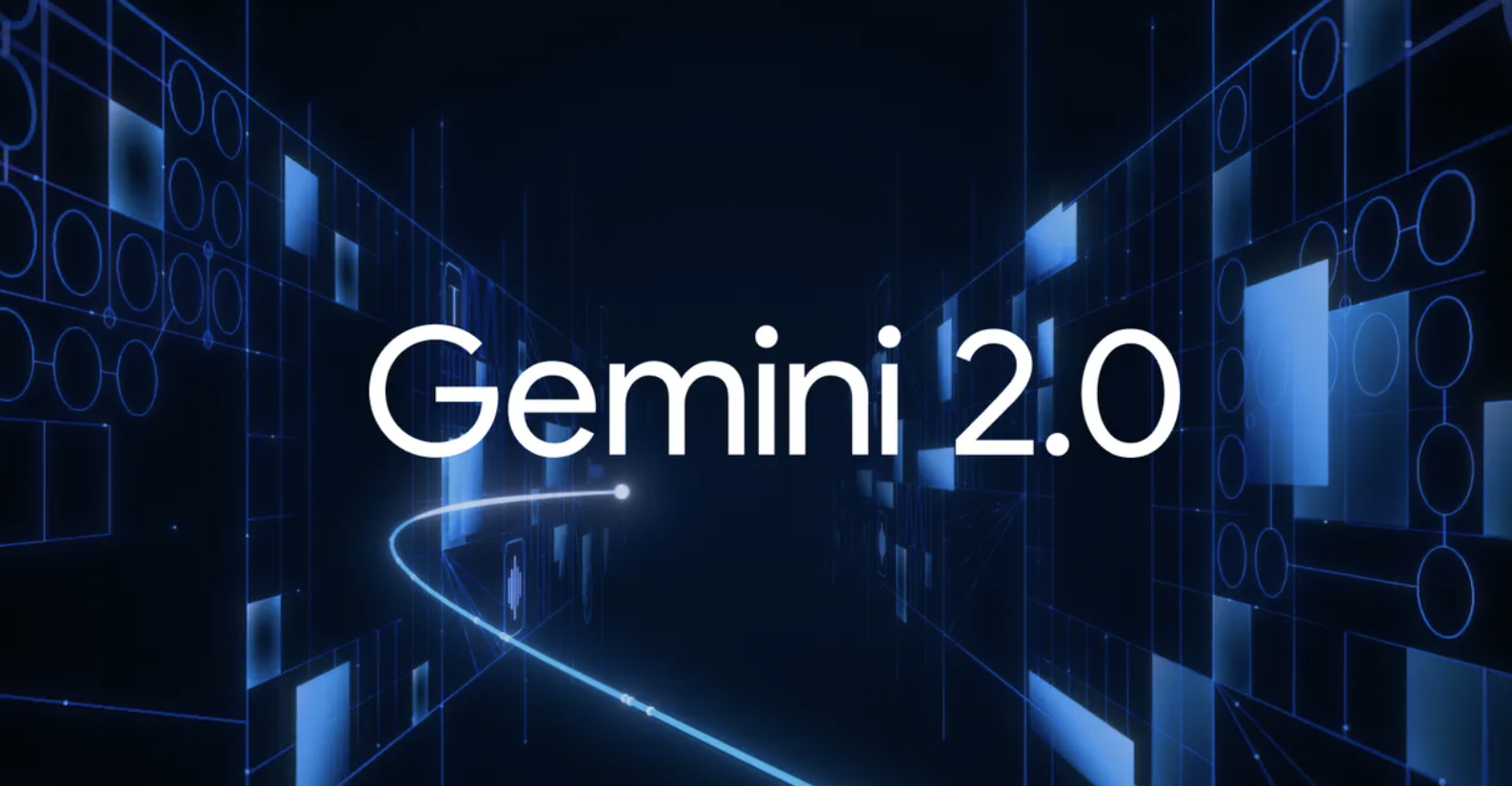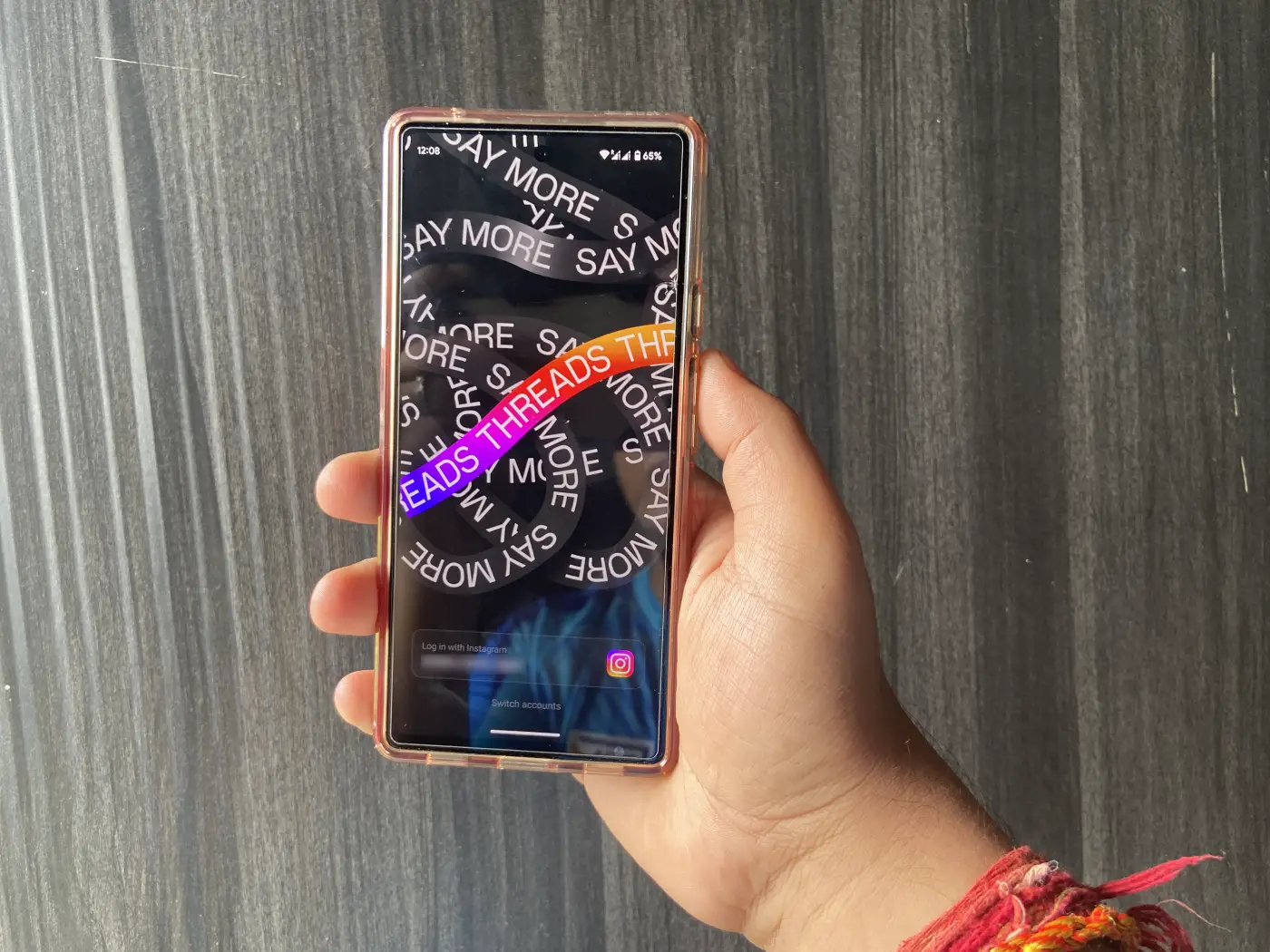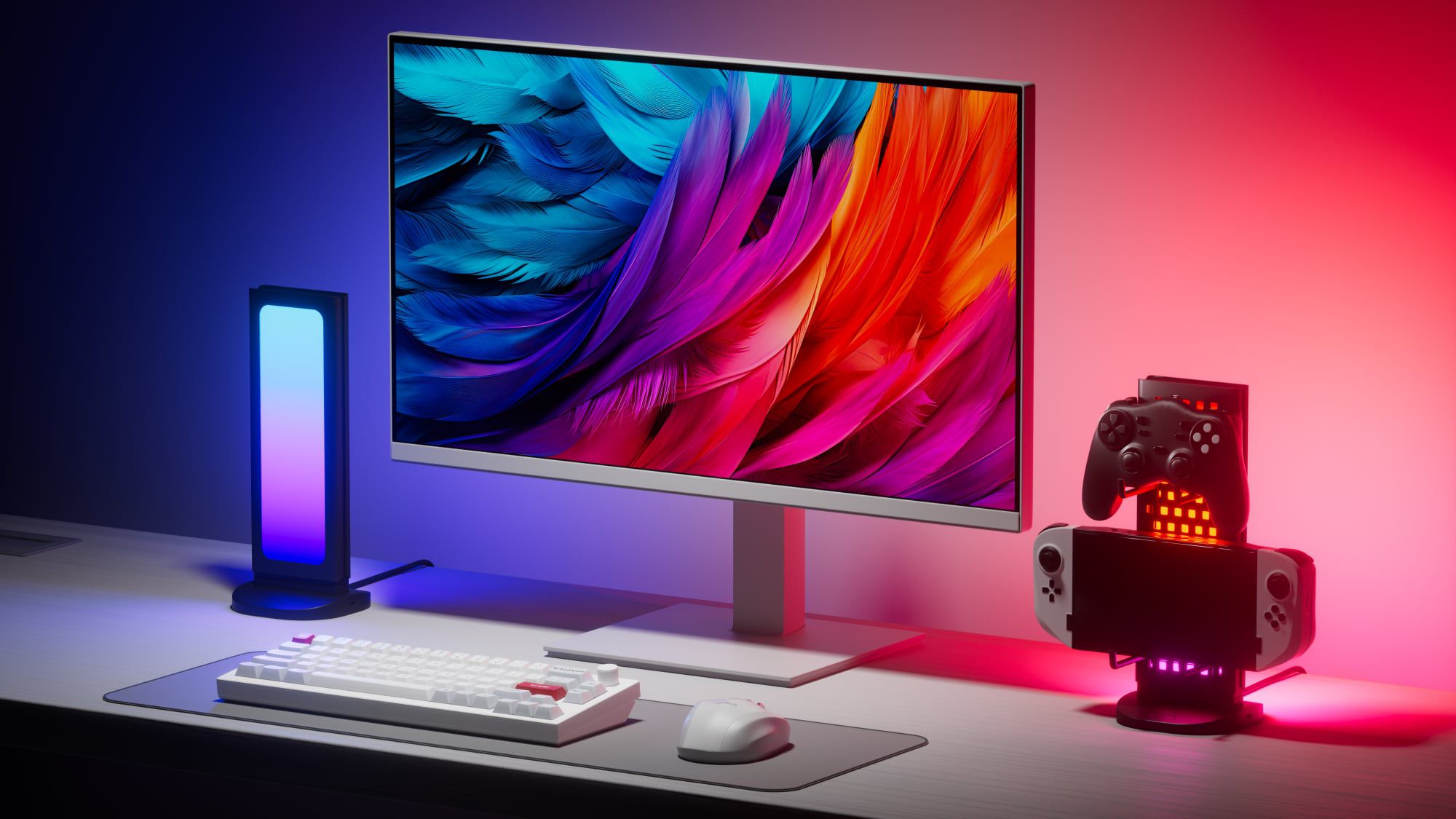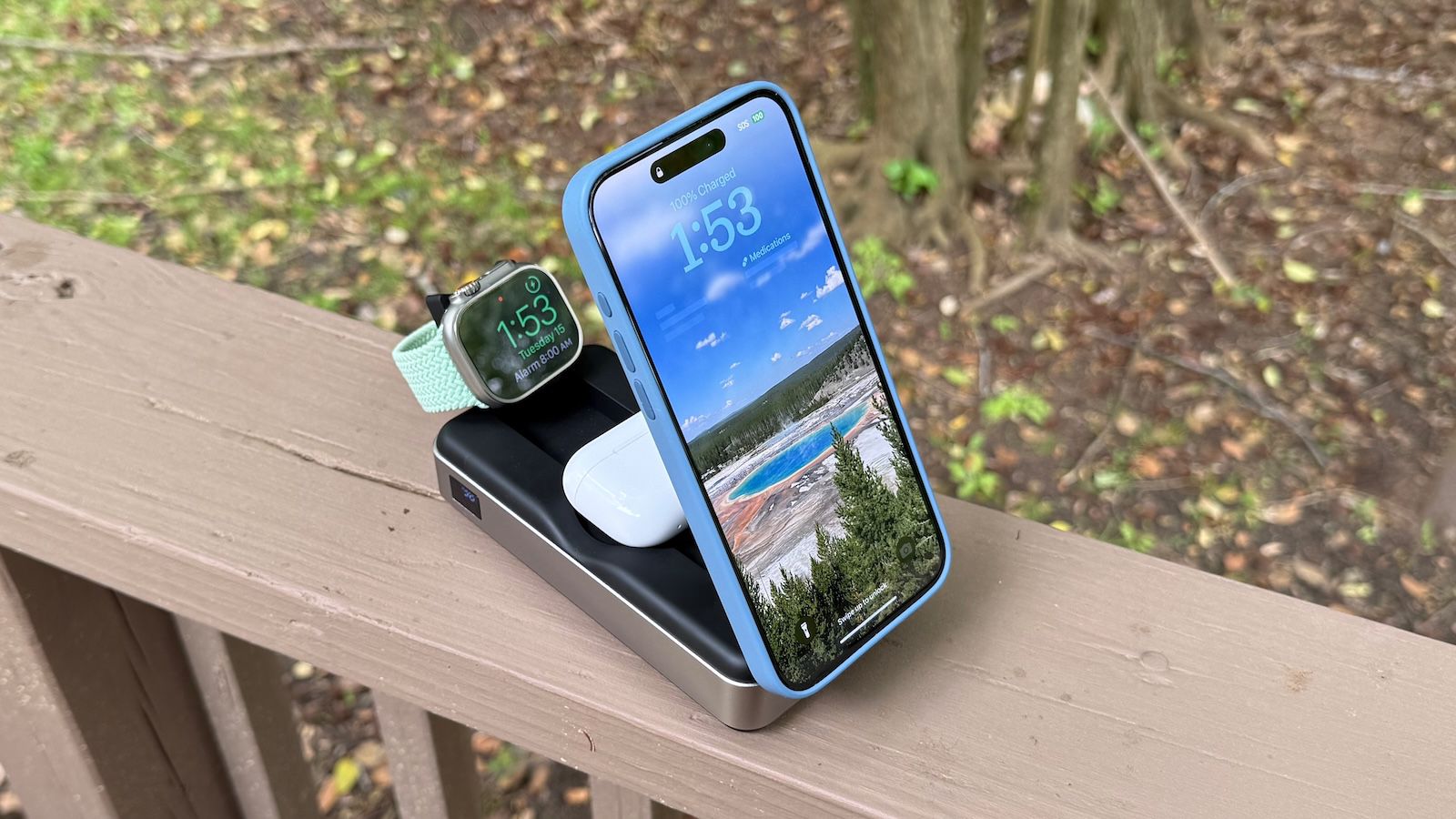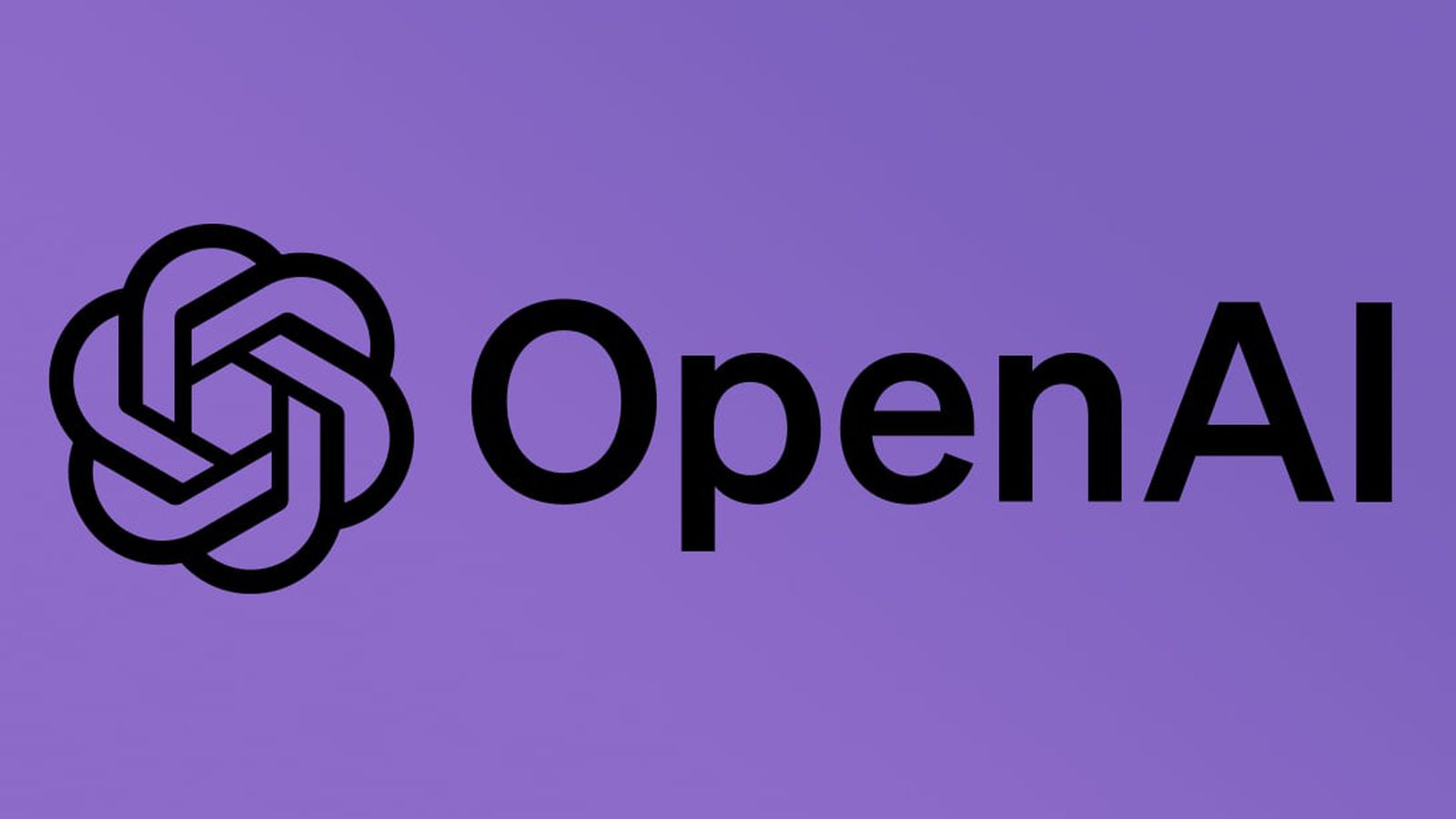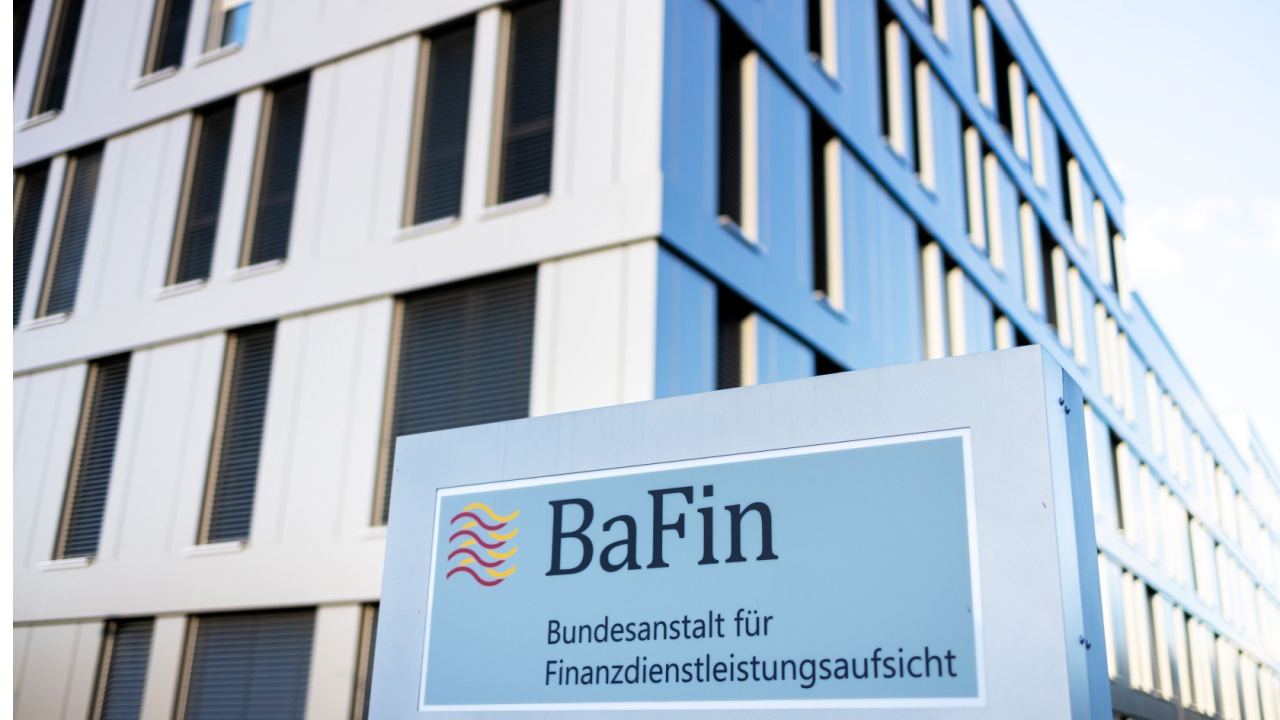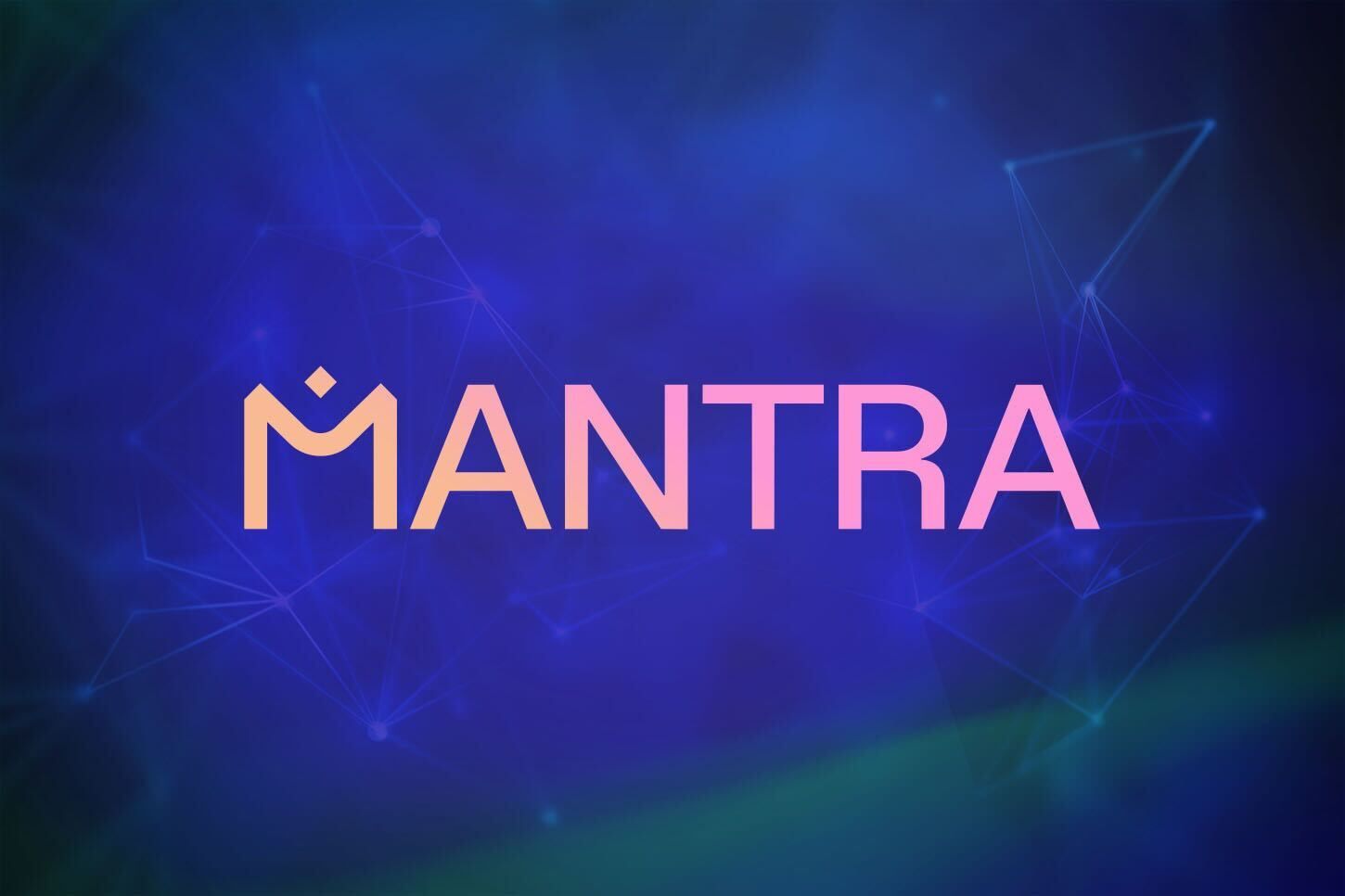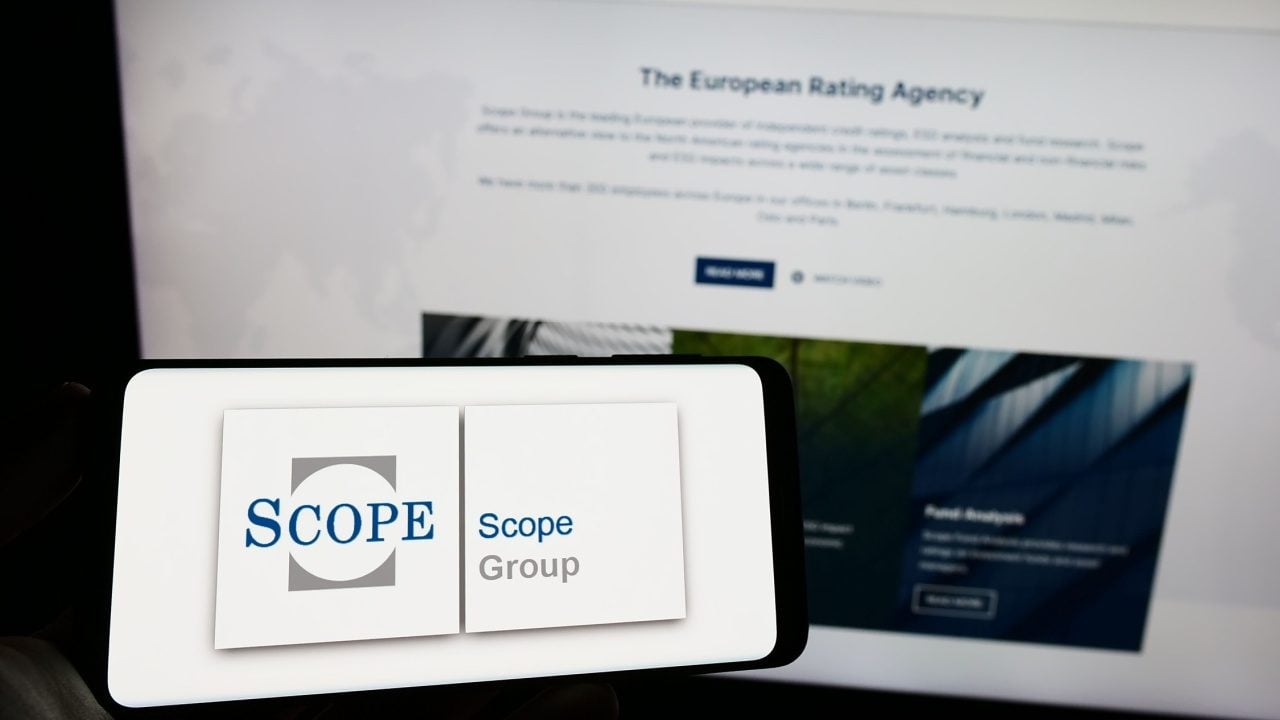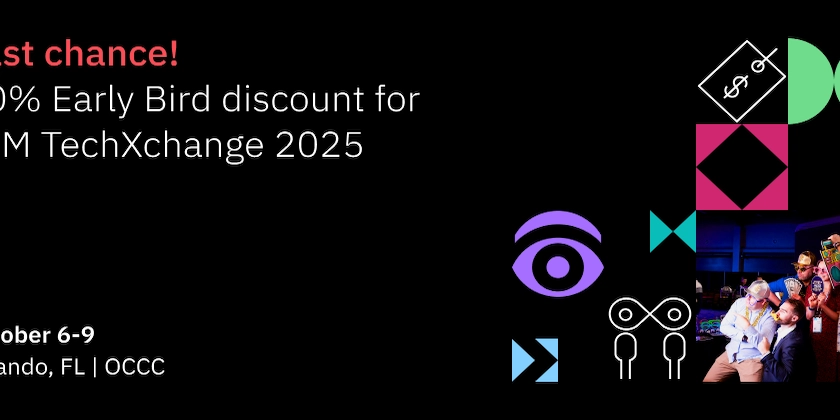LabBuddy
⸻ Abstract The Electronics Lab Assistant is a next-generation AI-powered tool built to revolutionize how students, hobbyists, and engineers interact with electronics. At its core, it is a locally hosted wrapper around Meta’s LLaMA 3, delivering rapid, offline, and context-aware assistance tailored for circuit design, debugging, instrumentation, and theoretical concepts. Unlike cloud-based AI solutions, this system leverages the full potential of on-device computation, ensuring data privacy, zero latency, and seamless integration with lab hardware through GPIO, UART, and I2C interfaces. Crafted with a high-performance Flask backend and finely tuned prompt engineering, the assistant can not only simulate electronic scenarios but also suggest real-world component configurations, signal analyses, and safety measures. This project stands as a sophisticated bridge between AI and embedded electronics, placing unprecedented intelligence in the hands of learners and developers. ⸻ Objective To design and deploy an intelligent, self-contained AI lab assistant that can understand and respond to electronics-related queries, simulate circuit behavior, offer debugging support, and assist in component selection and calculations — all in real-time and without requiring cloud access. The objective includes building a modular, scalable system that wraps around LLaMA 3 locally, providing a responsive conversational interface that feels like talking to a senior electronics engineer. The assistant is also capable of adapting to IoT and automation workflows through integration with Raspberry Pi and similar microcontrollers. ⸻ Block Diagram +-------------------+ +------------------+ +-----------------------+ | Frontend UI | | Flask API Layer | | LLaMA 3 Inference | | (Web Interface) | | (Prompt Engine) | | (Running Locally) | +-------------------+ +------------------+ +-----------------------+ | | | | v v +-------------------+ +------------------------+ | User Interactions| | Local DB + Logs | | (Query, Inputs) | | (Previous sessions) | +-------------------+ +------------------------+ | | v v +--------------------------------------------------------------------------------+ | Optional: GPIO / I2C / UART Bridge | | (To enable real hardware interfacing, diagnostics, or lab automation) | +--------------------------------------------------------------------------------+ ⸻ Conclusion This project demonstrates the fusion of cutting-edge language models with practical electronics to create a truly autonomous and context-aware lab assistant. By harnessing the power of local AI inference, the solution bypasses the limitations of cloud dependence and opens the door to future extensions such as AI-powered instrumentation, real-time waveform analysis, and educational simulations. The successful implementation of this assistant signifies a leap forward in AI-human interaction within technical domains, bringing personalized engineering mentorship to anyone with a computer and a passion for electronics. ⸻ References • Meta AI: LLaMA 3 Model Documentation • Flask Web Framework Documentation • PySerial, RPi.GPIO Libraries • Hugging Face Transformers (for prompt formatting) • Electronic Devices and Circuit Theory – Robert Boylestad • Raspberry Pi Documentation ⸻ Observation Throughout development, it was observed that prompt clarity had a significant impact on the precision of LLaMA 3’s responses, necessitating a layered prompt management system. Additionally, embedding the assistant in a local environment showed clear advantages in speed and customization. The assistant successfully answered queries on components like BJTs, op-amps, timers, and even provided pseudo-codes for interfacing sensors. Future work will include voice input integration, live schematic generation, and advanced semantic memory to retain learning across sessions. ⸻

⸻
Abstract
The Electronics Lab Assistant is a next-generation AI-powered tool built to revolutionize how students, hobbyists, and engineers interact with electronics. At its core, it is a locally hosted wrapper around Meta’s LLaMA 3, delivering rapid, offline, and context-aware assistance tailored for circuit design, debugging, instrumentation, and theoretical concepts. Unlike cloud-based AI solutions, this system leverages the full potential of on-device computation, ensuring data privacy, zero latency, and seamless integration with lab hardware through GPIO, UART, and I2C interfaces. Crafted with a high-performance Flask backend and finely tuned prompt engineering, the assistant can not only simulate electronic scenarios but also suggest real-world component configurations, signal analyses, and safety measures. This project stands as a sophisticated bridge between AI and embedded electronics, placing unprecedented intelligence in the hands of learners and developers.
⸻
Objective
To design and deploy an intelligent, self-contained AI lab assistant that can understand and respond to electronics-related queries, simulate circuit behavior, offer debugging support, and assist in component selection and calculations — all in real-time and without requiring cloud access. The objective includes building a modular, scalable system that wraps around LLaMA 3 locally, providing a responsive conversational interface that feels like talking to a senior electronics engineer. The assistant is also capable of adapting to IoT and automation workflows through integration with Raspberry Pi and similar microcontrollers.
⸻
Block Diagram
+-------------------+ +------------------+ +-----------------------+
| Frontend UI | <---> | Flask API Layer | <---> | LLaMA 3 Inference |
| (Web Interface) | | (Prompt Engine) | | (Running Locally) |
+-------------------+ +------------------+ +-----------------------+
| |
| |
v v
+-------------------+ +------------------------+
| User Interactions| | Local DB + Logs |
| (Query, Inputs) | | (Previous sessions) |
+-------------------+ +------------------------+
| |
v v
+--------------------------------------------------------------------------------+
| Optional: GPIO / I2C / UART Bridge |
| (To enable real hardware interfacing, diagnostics, or lab automation) |
+--------------------------------------------------------------------------------+
⸻
Conclusion
This project demonstrates the fusion of cutting-edge language models with practical electronics to create a truly autonomous and context-aware lab assistant. By harnessing the power of local AI inference, the solution bypasses the limitations of cloud dependence and opens the door to future extensions such as AI-powered instrumentation, real-time waveform analysis, and educational simulations. The successful implementation of this assistant signifies a leap forward in AI-human interaction within technical domains, bringing personalized engineering mentorship to anyone with a computer and a passion for electronics.
⸻
References
• Meta AI: LLaMA 3 Model Documentation
• Flask Web Framework Documentation
• PySerial, RPi.GPIO Libraries
• Hugging Face Transformers (for prompt formatting)
• Electronic Devices and Circuit Theory – Robert Boylestad
• Raspberry Pi Documentation
⸻
Observation
Throughout development, it was observed that prompt clarity had a significant impact on the precision of LLaMA 3’s responses, necessitating a layered prompt management system. Additionally, embedding the assistant in a local environment showed clear advantages in speed and customization. The assistant successfully answered queries on components like BJTs, op-amps, timers, and even provided pseudo-codes for interfacing sensors. Future work will include voice input integration, live schematic generation, and advanced semantic memory to retain learning across sessions.
⸻



.jpg)













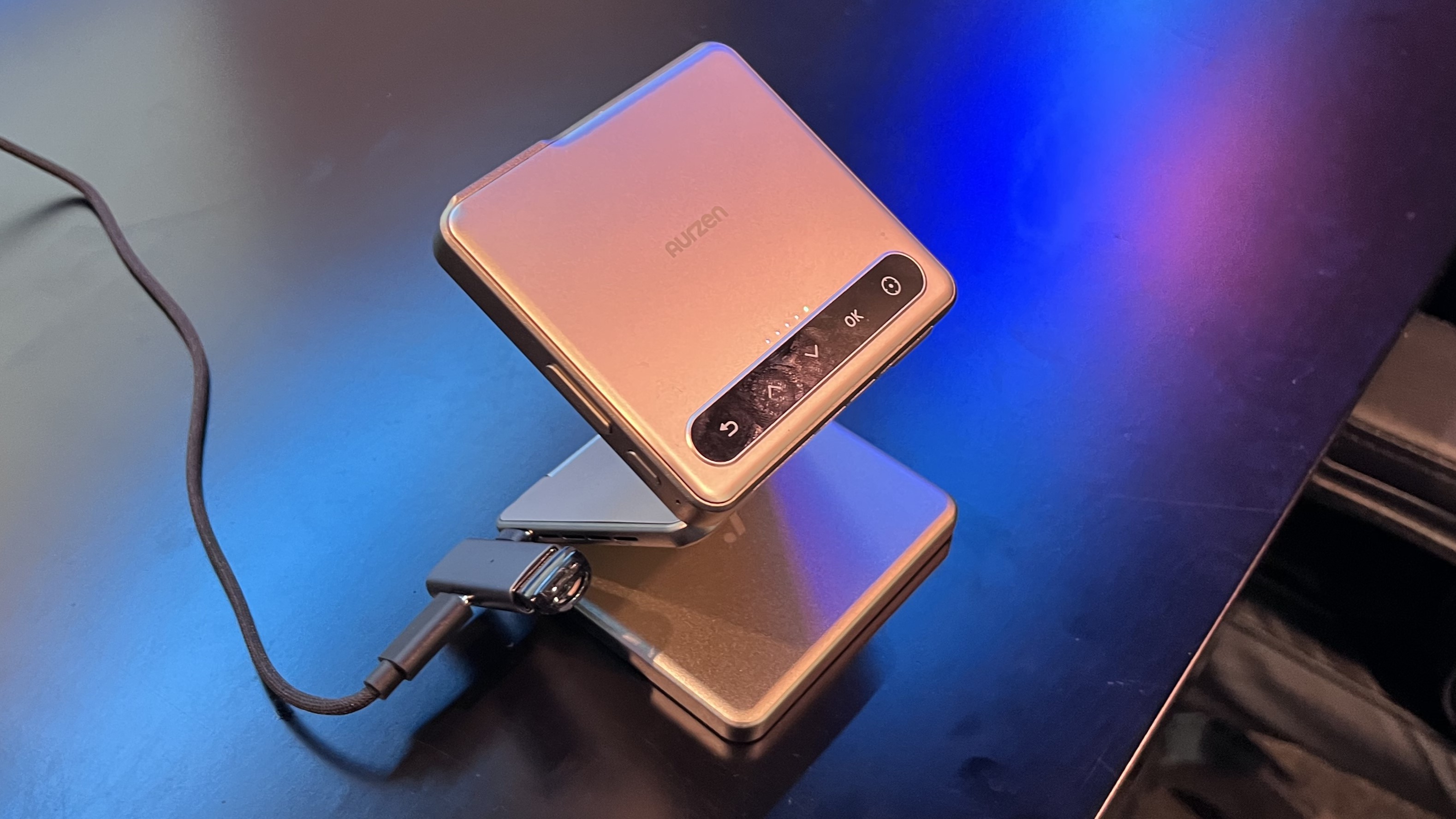





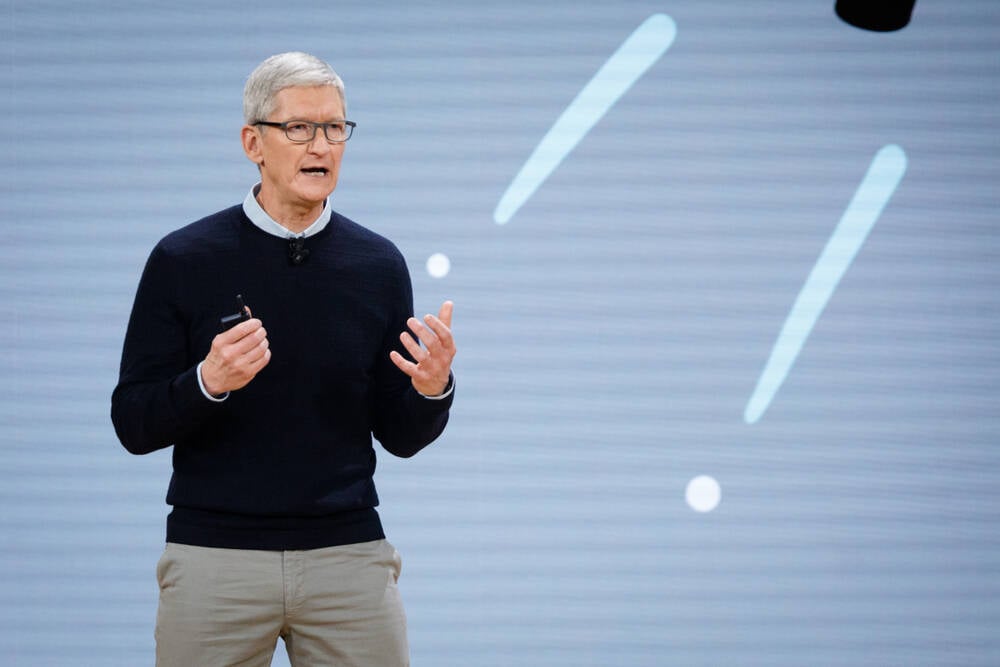

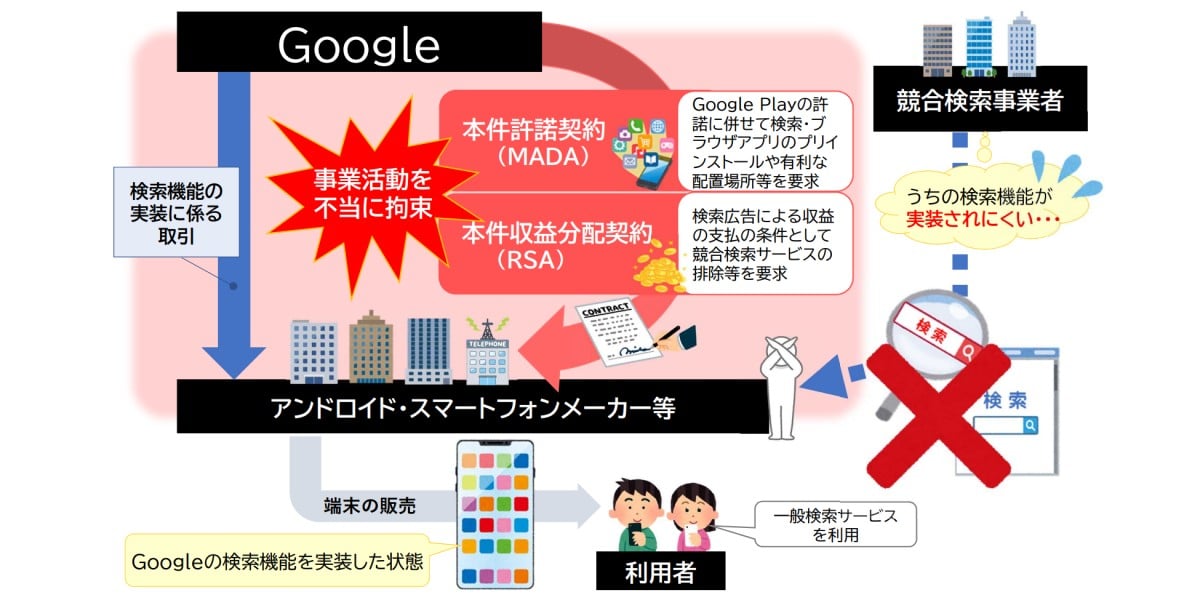
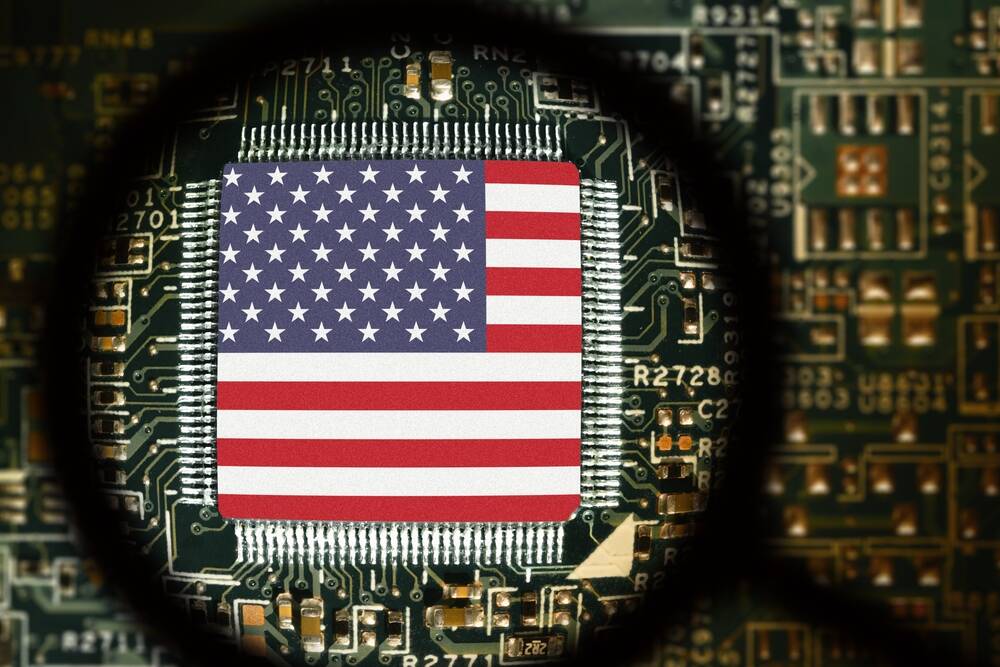















































































































































![[The AI Show Episode 144]: ChatGPT’s New Memory, Shopify CEO’s Leaked “AI First” Memo, Google Cloud Next Releases, o3 and o4-mini Coming Soon & Llama 4’s Rocky Launch](https://www.marketingaiinstitute.com/hubfs/ep%20144%20cover.png)

































































































































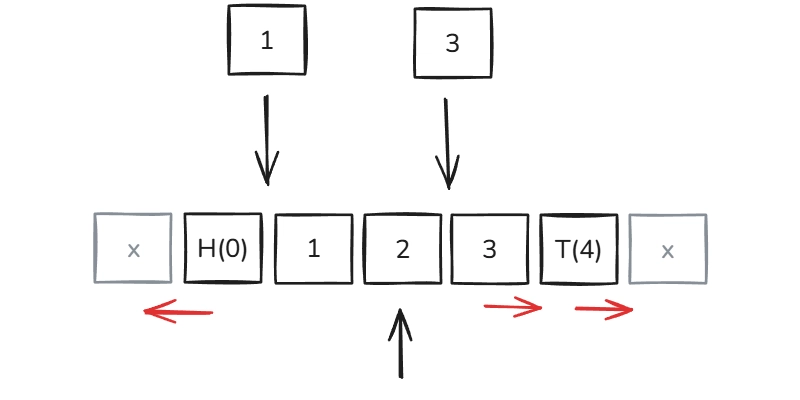












































.png?width=1920&height=1920&fit=bounds&quality=70&format=jpg&auto=webp#)





















![Blue Archive tier list [April 2025]](https://media.pocketgamer.com/artwork/na-33404-1636469504/blue-archive-screenshot-2.jpg?#)























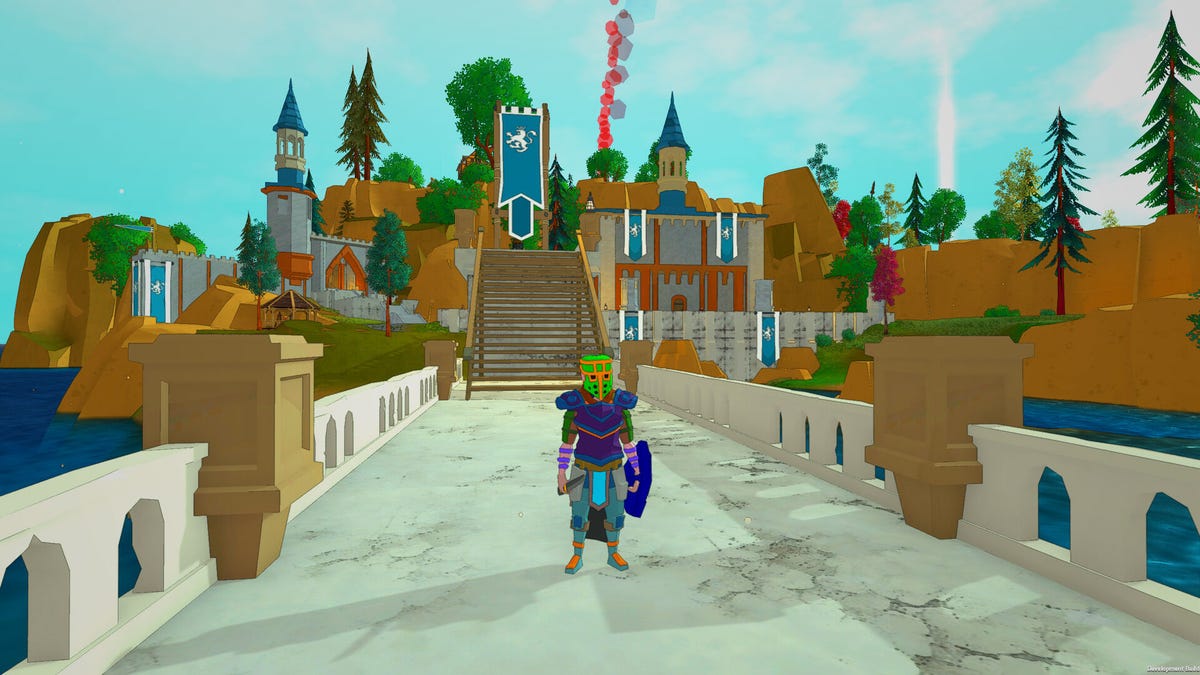










.png?#)




















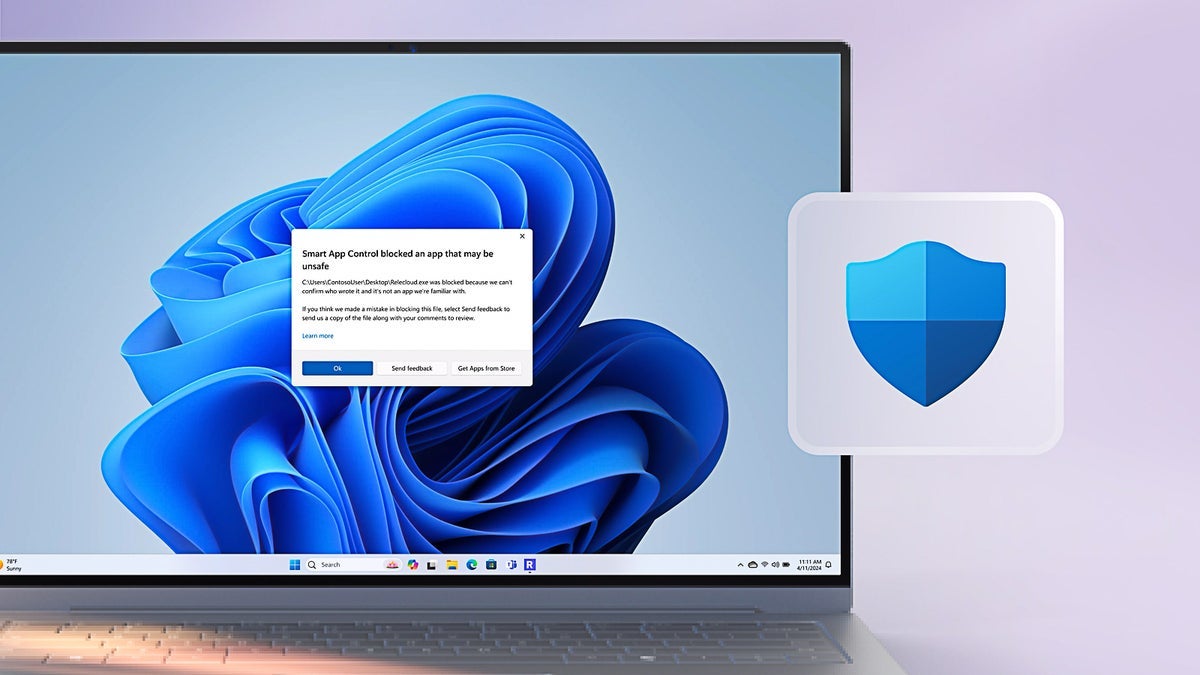
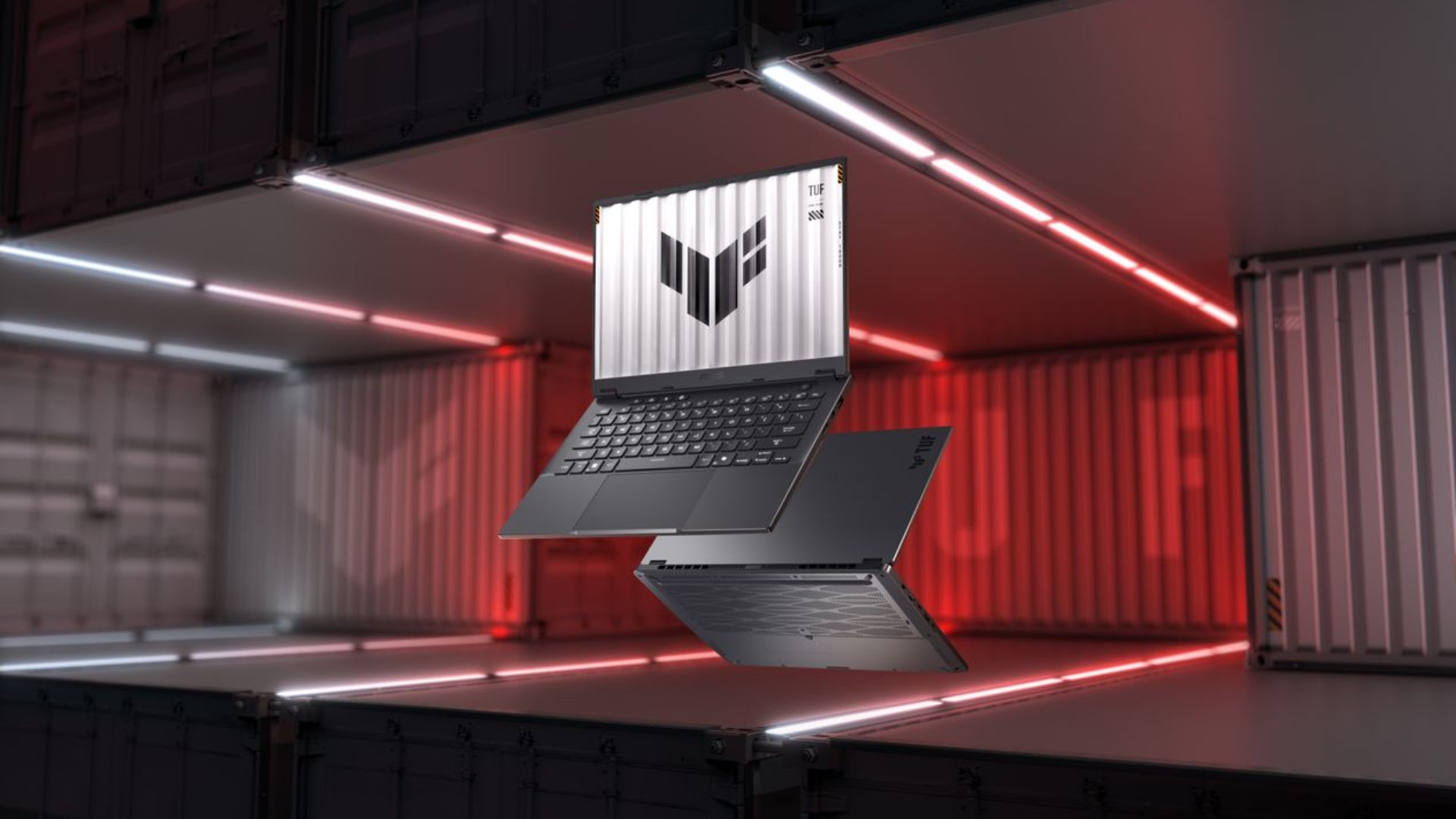
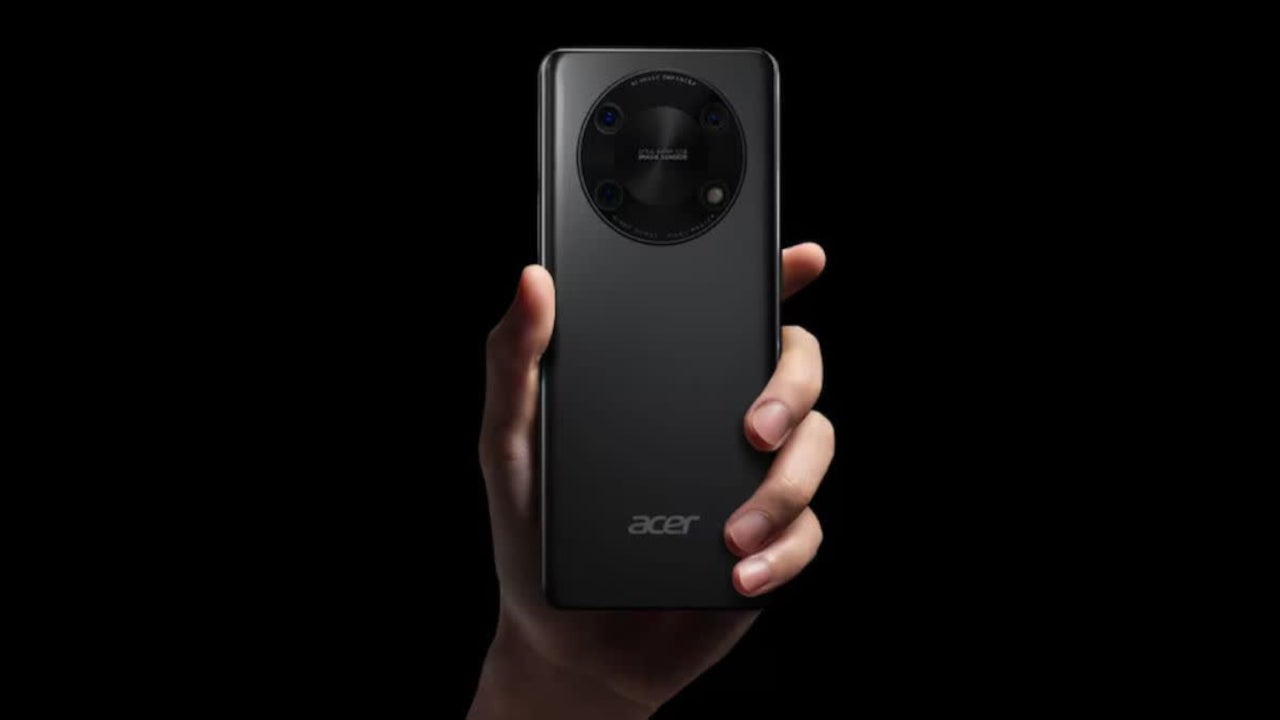
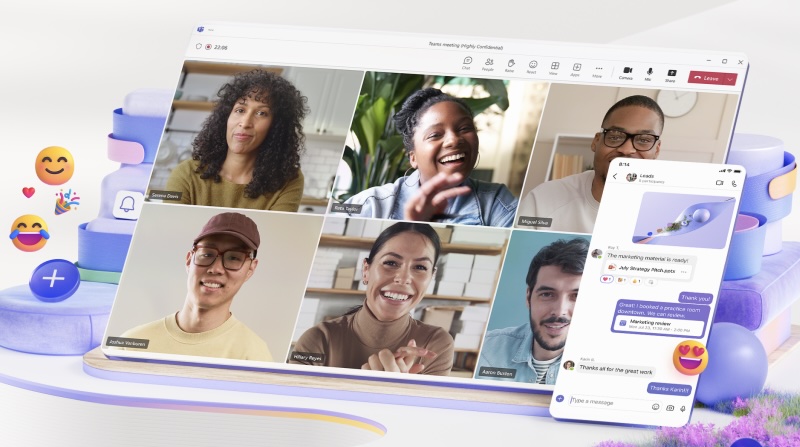
















.webp?#)

































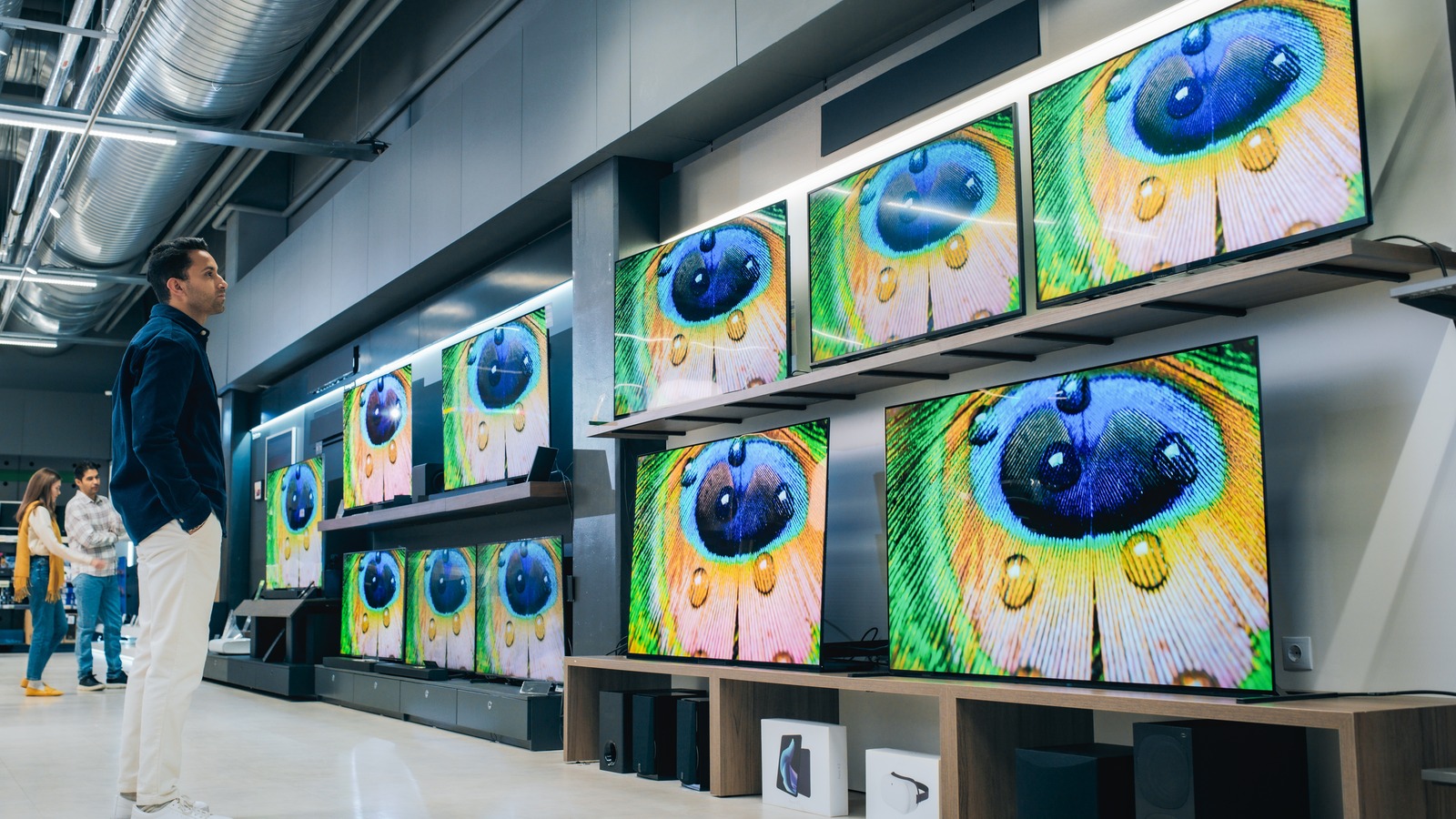


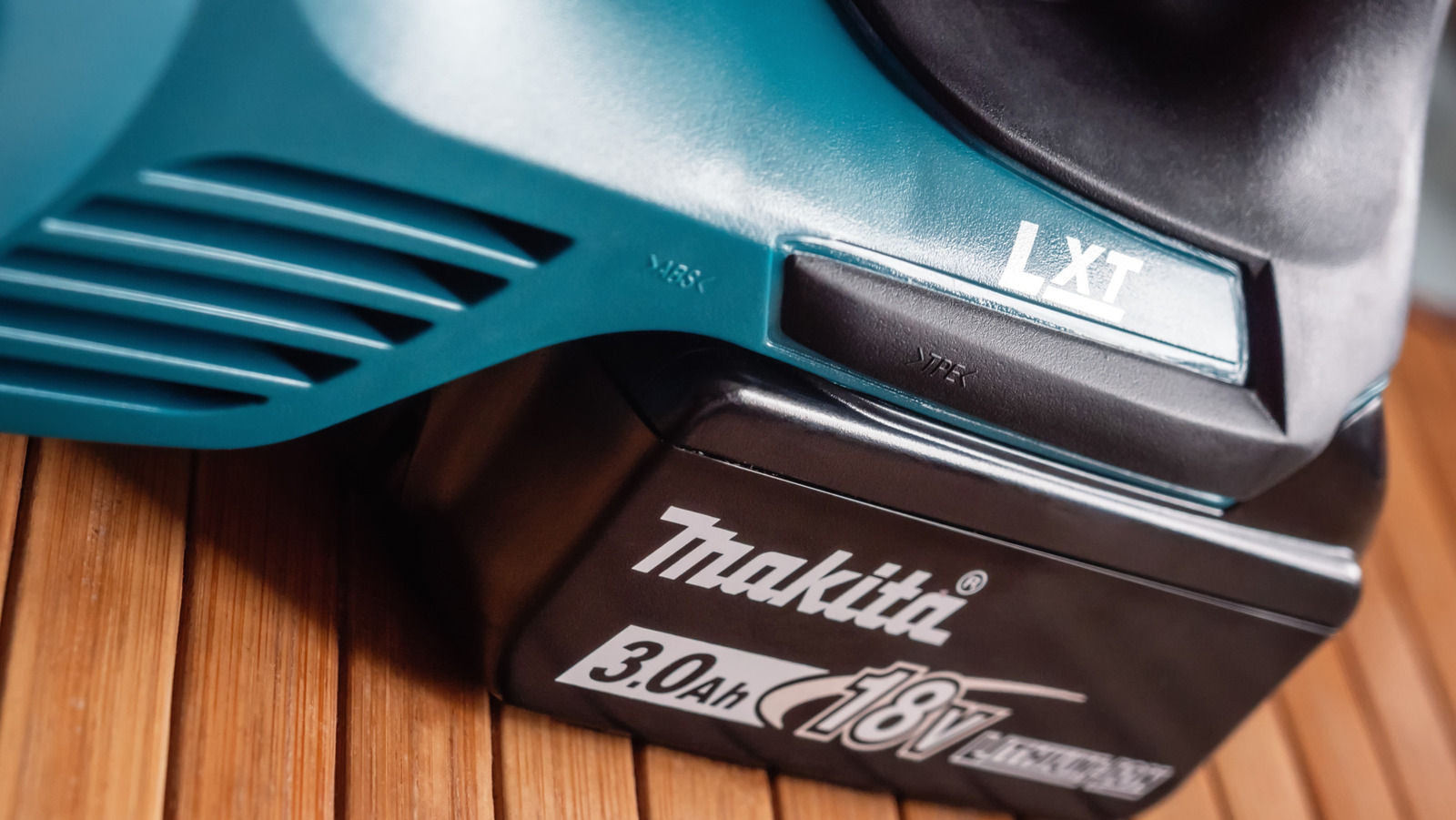






































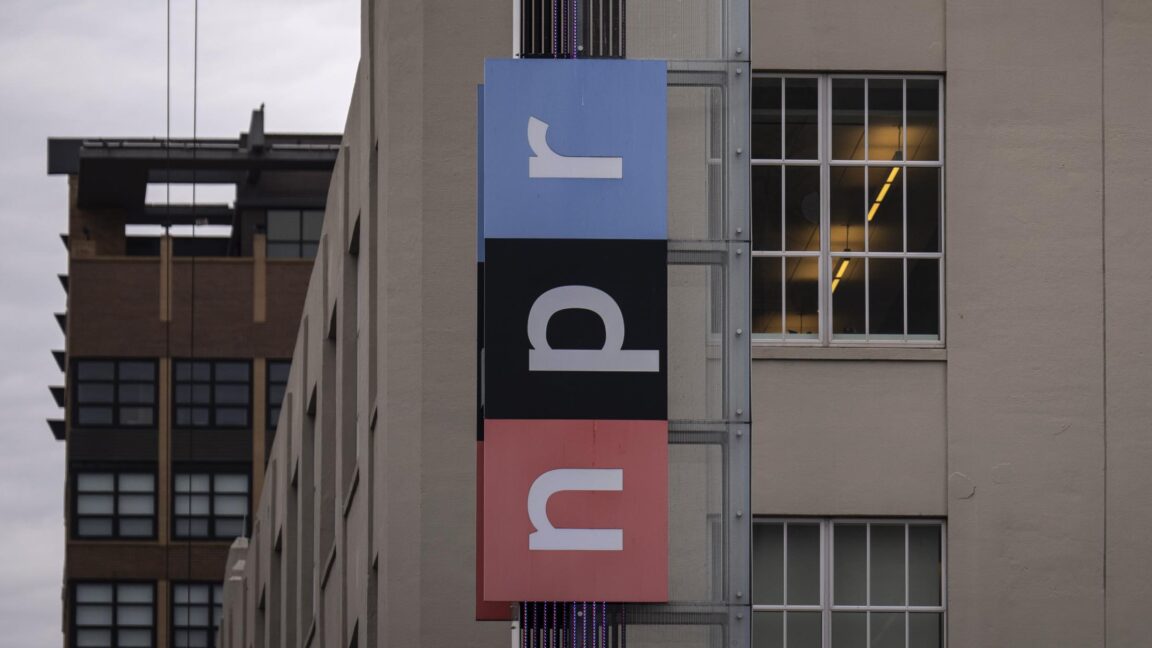








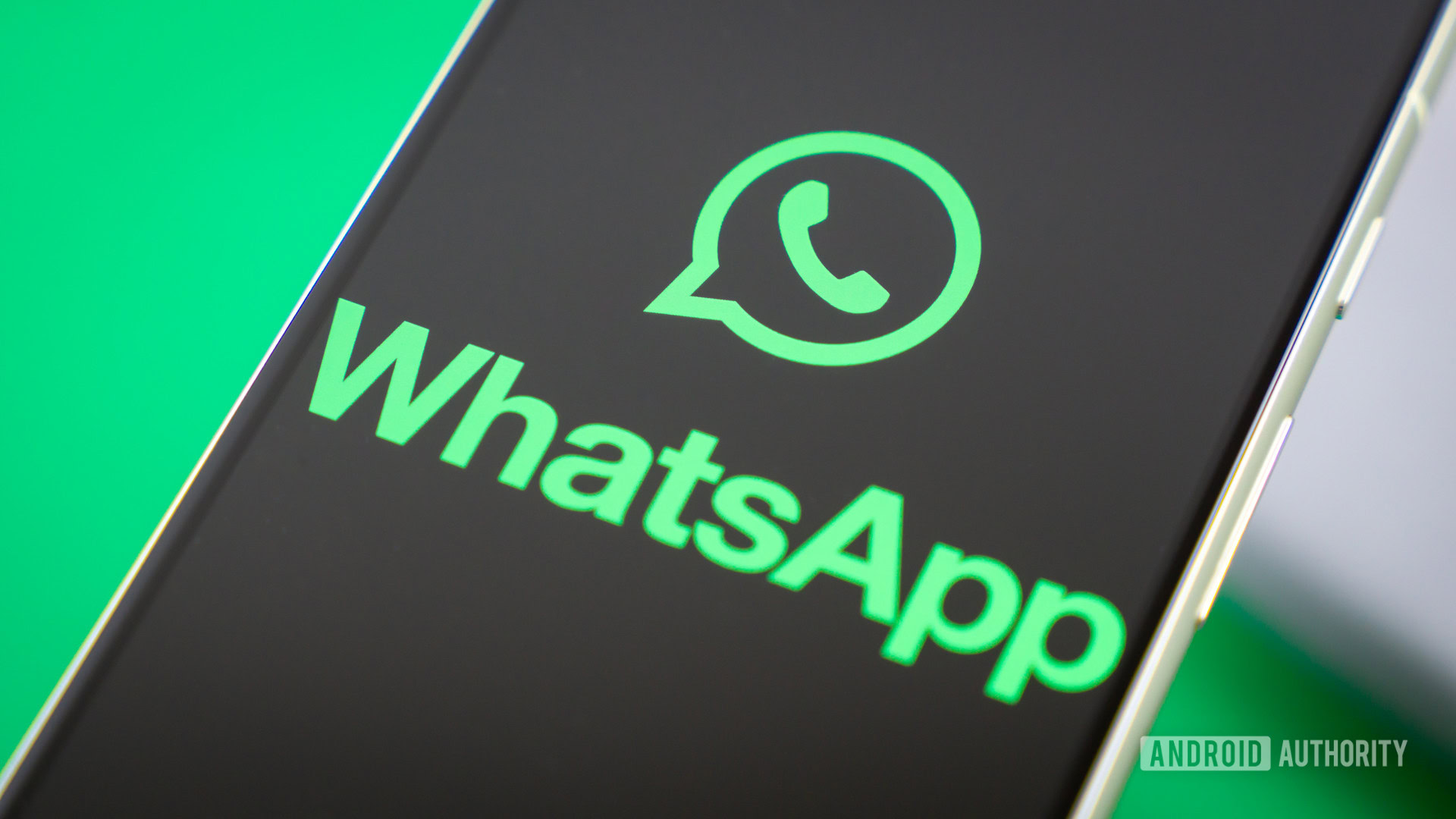


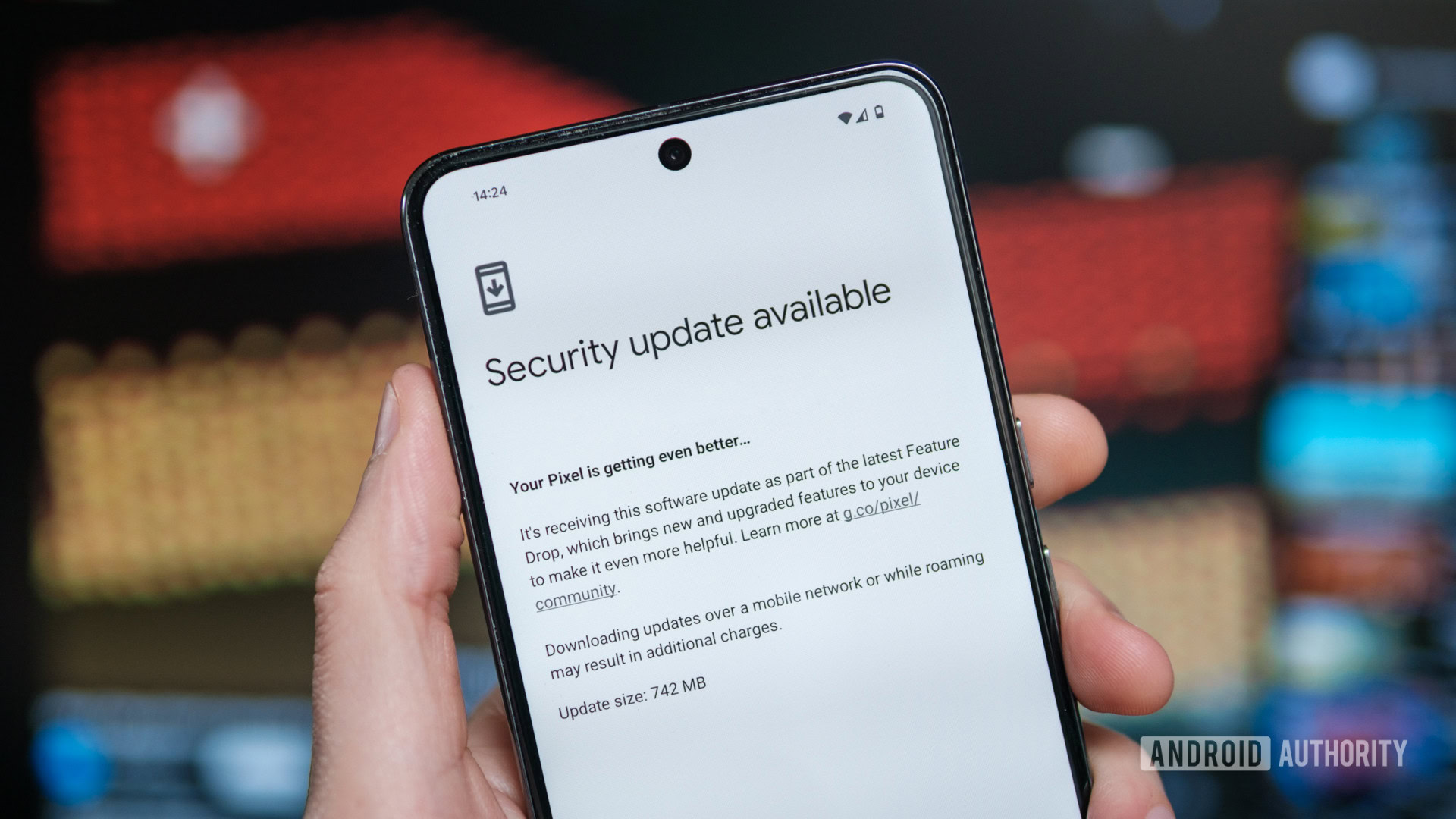


















![Apple to Split Enterprise and Western Europe Roles as VP Exits [Report]](https://www.iclarified.com/images/news/97032/97032/97032-640.jpg)
![Nanoleaf Announces New Pegboard Desk Dock With Dual-Sided Lighting [Video]](https://www.iclarified.com/images/news/97030/97030/97030-640.jpg)

![Apple's Foldable iPhone May Cost Between $2100 and $2300 [Rumor]](https://www.iclarified.com/images/news/97028/97028/97028-640.jpg)













